
emergency exit light requirements led emergency exit sign
The Australian Standard AS/NZS 2293.1 outlines the design, installation, and operation guidelines for emergency lighting systems in buildings. These regulations ensure that, in the event of an emergency, occupants can quickly locate exit paths and safely evacuate the building.

LED Exit Sign Emergency Combo · XtraLight LED Lighting Solutions
With the National Construction Code (NCC) 2022 being adopted by the States & Territories on 1 May 2023, we are reviewing some of the key standards that are primary references of the NCC as part of a 4-part 'NCC 2022 Standards Spotlight Series'. First is AS/NZS 2293.1:2018 - Emergency lighting and exit signs for buildings, Part 1: system.

Emergency Lighting Solutions & Upgrades Imperial Lighting
Exit and Emergency lighting are installed in many buildings in Australia, including in businesses and residential premises. The Australian standard that is legislated in all states is AS2293. The standard year will apply to the buildings age, unless major renovations have been completed or the premise has seen a classification change.
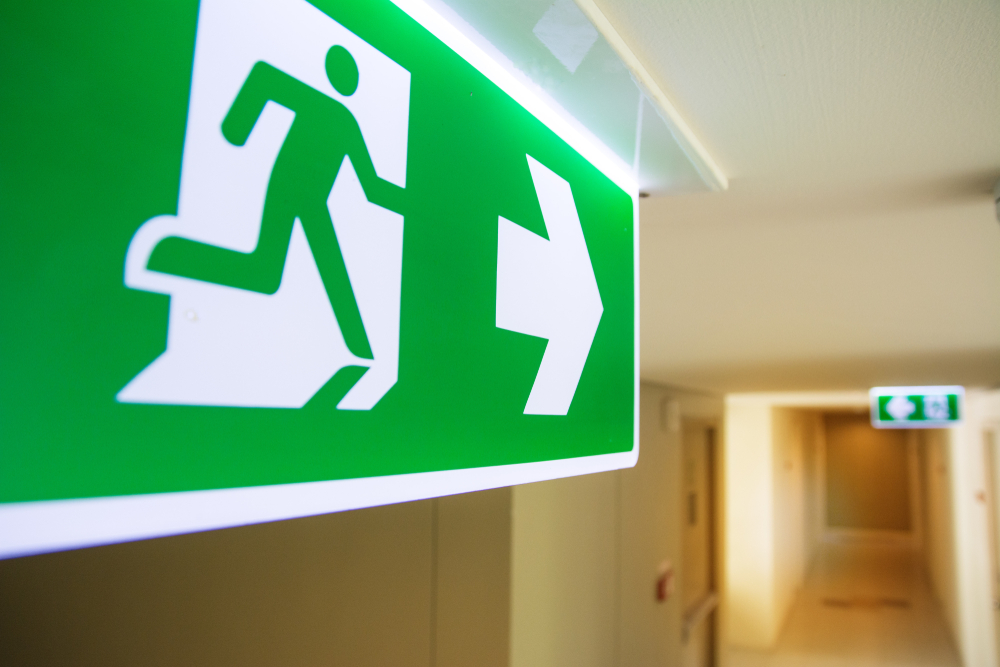
The Way to the Egress A Guide to Workplace Evacuations, Part 2 EHS
A photometric test to ensure the light output is sufficient for a particular space. A format, luminance and colour test. The other key test that your emergency lighting must pass is its ability to stay illuminated for at least 90-minutes on battery power. This test is absolutely crucial because during an emergency, such as a fire, the workplace.

Glow The Event Store Emergency Exit Light Glow The Event Store
The minimum legal requirements stipulated by the Australian Standard include: Emergency lights must run for a minimum of 90 minutes on battery. Exit lights must be tested every 6 months. Emergency lights must be cleaned once a year. There must be a green LED indicator to confirm the charging of light.

Emergency Exit Lighting Requirements All Electrics
Introduction to this Part. This Part is intended to provide a minimum level of visibility in evacuation routes in an emergency, including emergency lighting and signage to assist in locating and identifying exits.This part also includes requirements for emergency warning and intercom systems to alert occupants and assist evacuation.

Emergency Exit Light at Rs 4200 in New Delhi ID 25473103430
How to test emergency lights and exit signs. Your emergency and exit lighting needs to be tested for at least 90 minutes to ensure it can sustain illumination on its independent power supply. These assessments should be carried out every six months to adhere to safety standards. Emergency lighting needs to meet Australian standards AS/NZS 2293.

New Design 5 Kinds of Installation Rechargeable Emergency Exit Sign
Australian Standard AS/NZS 2293 series covers the system design, installation, operation, service, maintenance, and production of emergency lights & exit signs. Here, we briefly outline the emergency luminaire testing & classification process, which provides maximum spacings between emergency lights for a range of mounting heights.
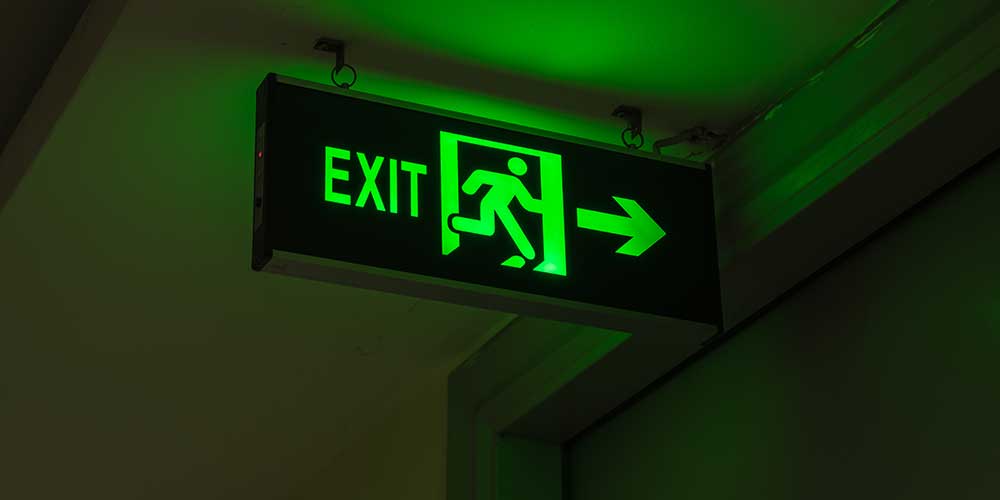
Emergency Exit Light Requirements Osha Image to u
AS/NZS 2293 Emergency lighting and exit signs for buildings -. 2293.1 Part 1: System design, installation and operation (this Standard) 2293.2 Part 2: Inspection and maintenance. 2293.3 Part 3: Emergency luminaires and exit signs*. The objective of the AS/NZS 2293 series of Standards is to provide those associated with the design, construction.

Emergency Exit Lighting Alert Fire Protection, Inc.
The Australian standards also outline how often emergency lighting and exit signs need to be inspected. Every six months, emergency lighting and exit signs need to be tested to see that they can turn on with no electricity for at least 90 minutes. There are three types of tests you can do:
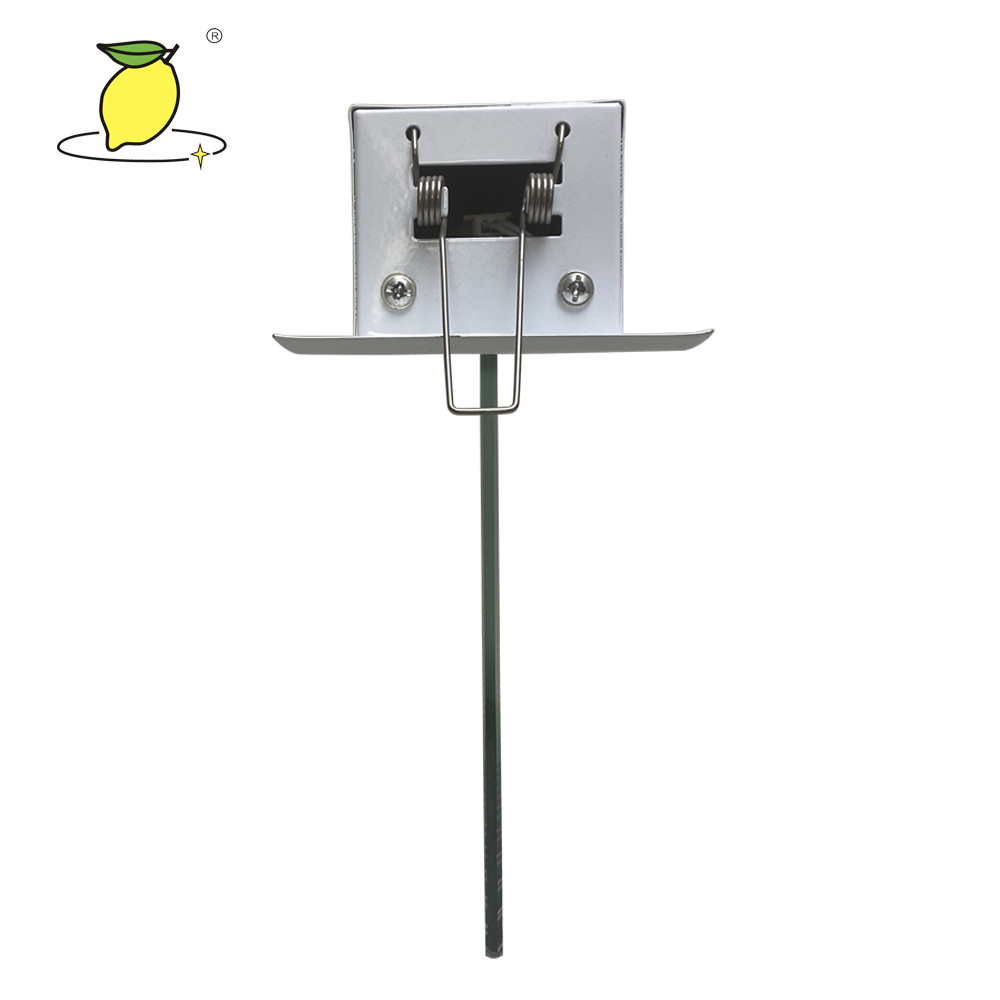
emergency exit light requirements led emergency exit sign
E4.9 Emergency warning and intercom systems. used as a and having a of more than 3; or. used as a theatre, public hall, or the like, having a more than 1000 m 2 or a of more than 2. To minimise the risk of death or injury to occupants through lack of knowledge that an emergency exists or an evacuation is required.

Exit / Emergency Equipment Tagged "emergencyexits" All American
AS / NZS 2293.2:2019 Emergency evacuation lighting for buildings - Routine service and maintenance; AS / NZS 2293.3:2018 Emergency evacuation lighting for buildings - Emergency luminaries and exist signs; These standards outline the requirements and guidelines for emergency evacuation lighting in buildings.
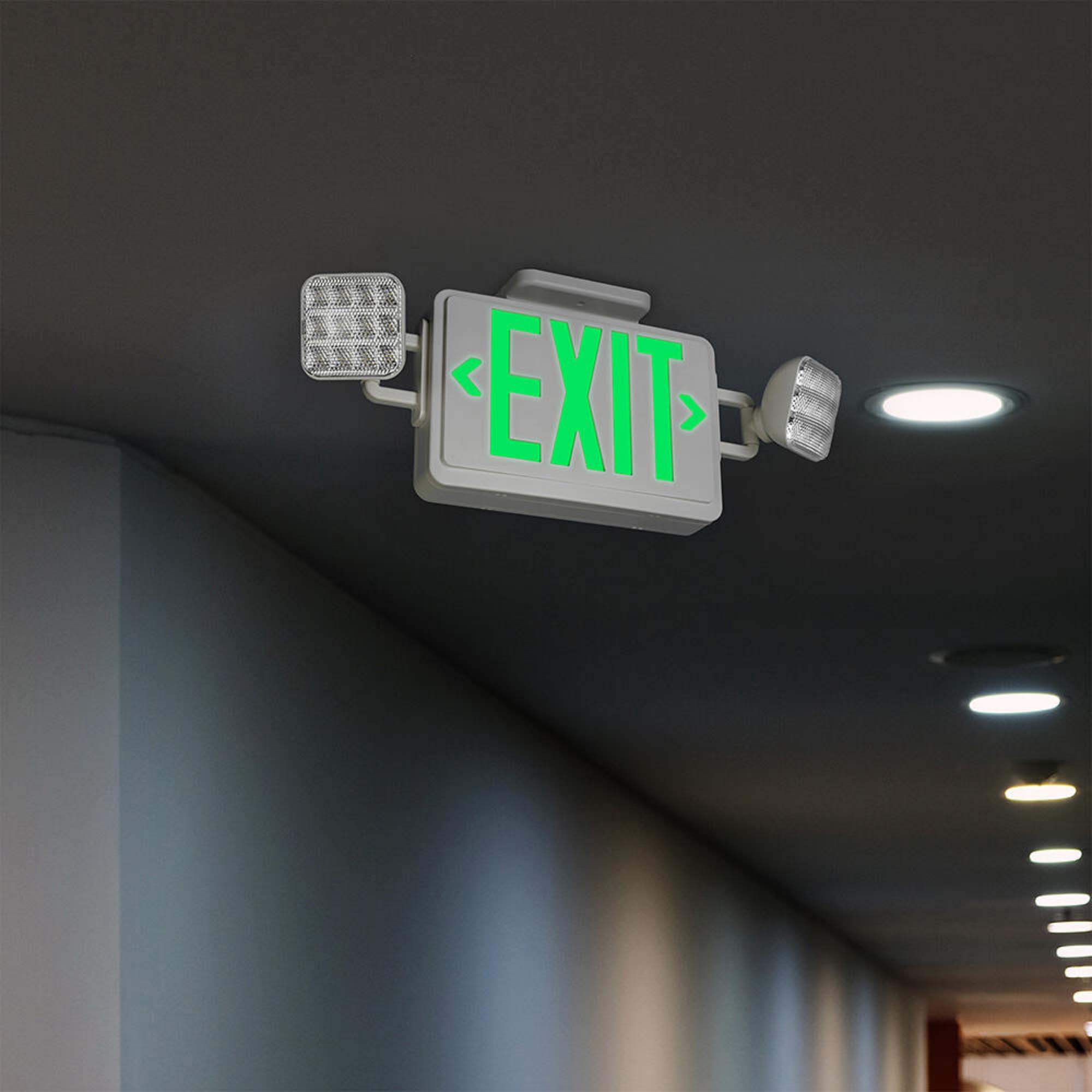
Batteries For Emergency Exit Lights Shelly Lighting
door serving as, or forming part of, a required exit in a storey required to be provided with emergency lighting in accordance with E4.2. About the Building Code of Australia The Australian Building Codes Board (ABCB) publishes the Building Code of Australia as part of the National Construction Code, and is a joint initiative of Australian.

Stainless steel emergency exit lighting by Exii. Architectural
Emergency exit sign lighting needs to be clearly visible and illuminated at all times. These signs can be found above exit doors, at the top of staircases and at any change of direction along the exit pathway of a building.. AS/NZS 1680 series of Australian Standards for general lighting requirements; AS/NZS 2293 series of Australian.

Emergency Exit Light 2.8W SELK1500EX3
Exit and emergency lighting have many requirements. They must be able to provide illumination for at least 30 minutes during a power outage, they must have a battery back-up system and they must be tested every six months by a qualified person.The exit signs should also be clearly visible from 50 metres away in daylight conditions. The sign.
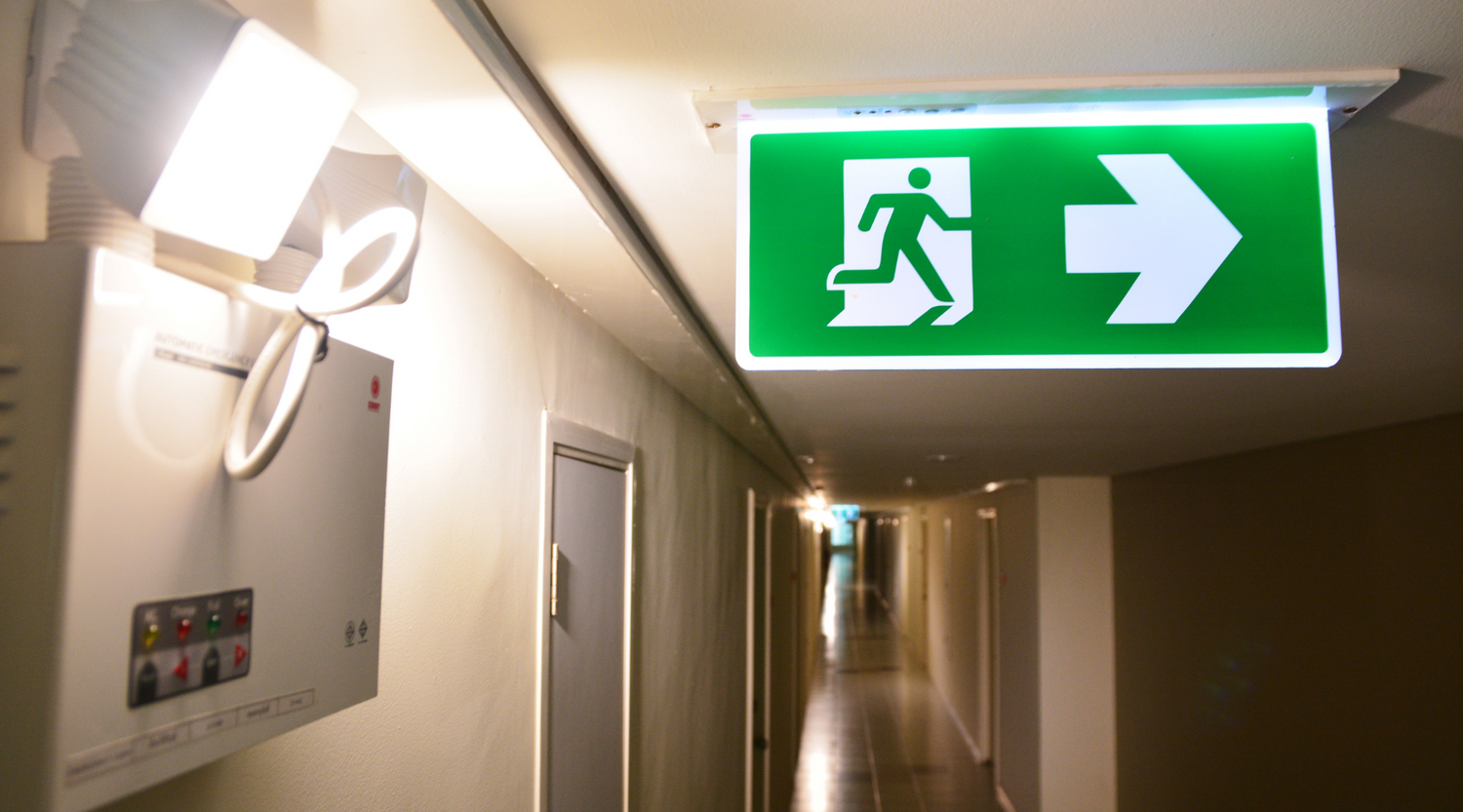
A Guide To Exit Sign and Emergency Light Requirements TRADESAFE
All exits and emergency lights must be tested twice yearly to ensure they illuminate via battery backup power for a duration that would allow occupants to exit a building safely in the case of a power outage (a minimum of 90 minutes in AU, 30 or 90 min in NZ depending on the site). The results of the duration test, any defects/non-conformances.
- 8 Claves Del Exito Empresarial
- Bon Courage Pour La Suite En Italien
- A Donde Vas Manzanas Traigo En Català
- Dark Knight Rises Plot Holes
- Como Ver El Modelo Del Móvil
- Brazo Extendido Hacia Arriba Foto
- Asociación De Feriantes De Sevilla
- Todd Hoffman The Sound Of Silence
- Base Endurecedora Casco De Cavalo Impala
- Adaptador 9mm Para M4 Airsoft